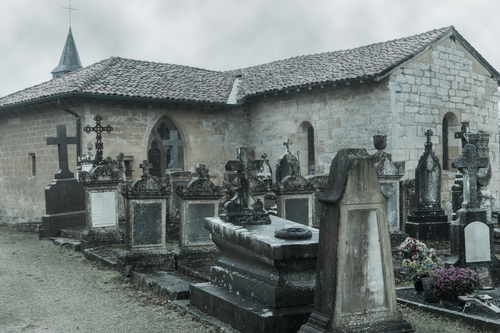For years it has been believed that rats were the main cause of the rapid spreading of the virus known as Yersinia pestis during the Black Plague Pandemic that would take millions of lives through the course of history in medieval Europe and Asia. Not until recently have scientists began to question this. One reason for the new intrigue is the realization that during these time frames there is no evidence of mass amounts of rats or rodents dying as well as humans. In addition, scientists are questioning the mass, rapid spread of the virus and the evidence of rats ability at creating such hysteria proves to fall short. In other words, it seems to have moved to quickly and wiped out too many people for it to have been only a rat problem.
Lice and fleas are now the topic of research.
Lice and fleas are human parasites, meaning they live, feed and breed off of human life. The massive pandemic of the Black Plague that swept through Europe killed presumably up to half the population. Spreading of an illness that quickly and devastatingly could have been the work of such parasites, especially considering the close quarters and unsanitary living conditions of the times.
The outbreaks occurred from the 1300’s to the early 1800’s, during a time when sewage, sanitation and personal hygiene were often not conducive to health and happiness. Families that lived in such close proximity with each other, friends, neighbors and other members of their flea and lice infested communities could reasonably, and very recklessly pass on parasitic carriers of the virus unknowingly.
What was the Black Death Plague?
An infected louse or flea could bite a person, spreading the illness into their bloodstream where it collected in the lymph nodes and symptoms started to fester. Under the armpits and groin areas were the usual places where lymph nodes would swell, sometimes reaching the size of a baseball or large apple. Fevers, chills, nausea, headache and delusions were all symptoms of the Black Plague. However, the term was coined by the large, swollen sores that would appear black under the skin and ooze painful black pus. At times there were people that caught the illness so quickly they would go to bed seemingly healthy, wake up at night with the fever, and not make it to the morning. Others with symptoms would live up to five days and die a painful, slower death. However, the mortality rate was devastating to populations during that time. At times killing up to two thirds of the known population. Whole cities and towns were wiped out by the illness and those who had not yet caught it would flee the area in hopes of preventing the devastation upon their own families. There were scarcely enough able bodied people to help bury the dead, care for the animal herds and fields, and try to tend to the sick. Archaeologists report that up to 200 bodies were buried in one grave at times.
Why do researchers care how the Black Plague was spread?
Although our health care understanding and hygiene practices have come a long way, believe it or not plagues are still existent in parts of the world. Madagascar suffered an outbreak just last October where over 50 people were killed and some 700 were hospitalized. World health organizations stepped in to stop the breakout, yet in third world countries these types of bacteria are still present and pose a risk. The plagues changed the course of history for all mankind, wiping out millions of the populations, and destroying countries. It is important to understand how it came about and why it was so rampant for the sake of future prosperity.

